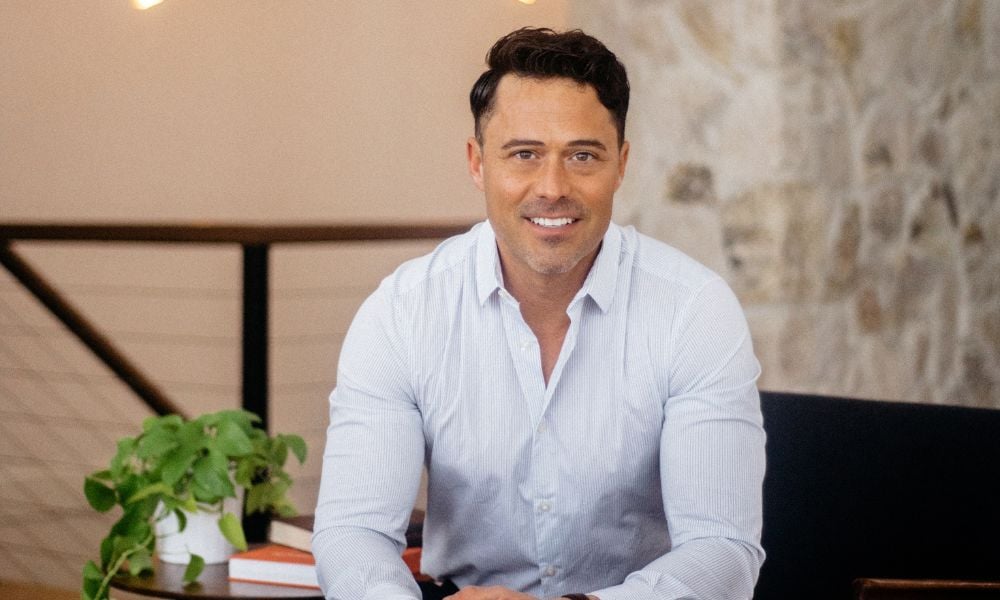Advisors should park the debate over passive versus active and keep building value for their clients by mixing the two
%20(500%20x%20334).jpg)
Advisors should park the debate over passive versus active and keep building value for their clients by mixing the two.
Kevin Prins, Managing Director, Head of ETFs and Managed Accounts, BMO Global Asset Management, said that those strongly on one side of the debate clearly don’t understand how advisors are building their portfolios.
He added that 77% currently use a blend of passive and active 1, proving that the average money manager intuitively knows this is the best strategy.
The investment environment, he said, lends itself to a mix, with Canadian and North American fixed income ETFs helping keep the cost low, while the active element can explore global markets and those “hard-to-access” asset classes to give you a broader base of exposure.
Prins explained: “If you look at things like our BMO Aggregate Bond ETF (ZAG) which is a broad based fixed income ETF in Canada. Last year, with two interest rate increases, it outperformed 70% of active managers. That’s a good base to start with as a core to a portfolio, then add an element of global diversification using an active manager in an area where there is greater opportunity for the manager to add value.”
Prins added that the portfolio mix an advisor then chooses is a process and dependent on their degree of conviction.
He said: “If you don’t have a lot of conviction in your calls, maybe you have a nice simple blend of half fixed income passive and half active and you just rebalance between the two: one year one outperforms, one year the other does and you rebalance. It’s a very simple strategy to start off with.”
With more confidence in your fixed income portfolio construction, you can target specific exposures in credit quality and duration to build out your low-cost passive portion of the portfolio. Prins said that blending active and passive also helps manage overall costs. With a global yield of about 2% for the broad global markets, blending active and passive can be a key aspect of a fixed income strategy.
BMO recently launched a number of active ETFs and Prins said this was done in order to support this portfolio mix of active and passive and to help people bring more core global to their mix.
The firm now offers the BMO Global Strategic Bond Fund (ticker: ZGSB), the BMO Global Multi-Sector Bond Fund (ZMSB) and the BMO Core Plus Bond Fund (ZCPB).
Prins said: “Active makes sense where one wants a manager to dive in and take more of a look beyond the investment grade and start looking at opportunities in high yield, securitized debt, maybe emerging market debt and while also factoring in currency aspects of going global. That is why it makes a good complement to a passive core portfolio. So it’s a blend.”
He added that this combination can bring more yield to the portfolio. Taking the 2.7% yield of the broad Canadian market, he picks out the new global strategic bond fund (ZGSB), which has a yield of 5.36%, as an example of addressing the cost issue while still managing yield.*
He said: “It’s significant that we’re doing things like partnering with portfolio managers like Alfred Murata of PIMCO, consistently innovating our product shelf, and as the largest provider of fixed-income ETFs in Canada, demonstrating that we really recognise the benefits of mixing of active and passive in a balanced portfolio. Finally, we’re supporting advisors with investment tools that really work well in the market place.”
1 CNBC, June 2017
* Source BMO Global Asset Management. As of May 31st, 2018. Please note yields will change from month to month based on market conditions.
Commissions, management fees and expenses may be associated with investments in mutual funds and exchange traded funds (ETFs). Trailing commissions may be associated with investments in mutual funds. Please read the fund facts, ETF Facts or prospectus before investing. Mutual funds and ETFs are not guaranteed, their values change frequently and past performance may not be repeated.
For a summary of the risks of an investment in the BMO ETFs and ETF Series, please see the specific risks set out in the prospectus. BMO ETFs and ETF Series of the BMO Mutual Funds trade like stocks, fluctuate in market value and may trade at a discount to their net asset value, which may increase the risk of loss. BMO Mutual Funds are offered by BMO Investments Inc., a financial services firm and separate entity from Bank of Montreal. BMO ETFs are managed and administered by BMO Asset Management Inc., an investment fund manager and portfolio manager and separate legal entity from Bank of Montreal.®/™Registered trade-marks/trade-mark of Bank of Montreal, used under licence.



